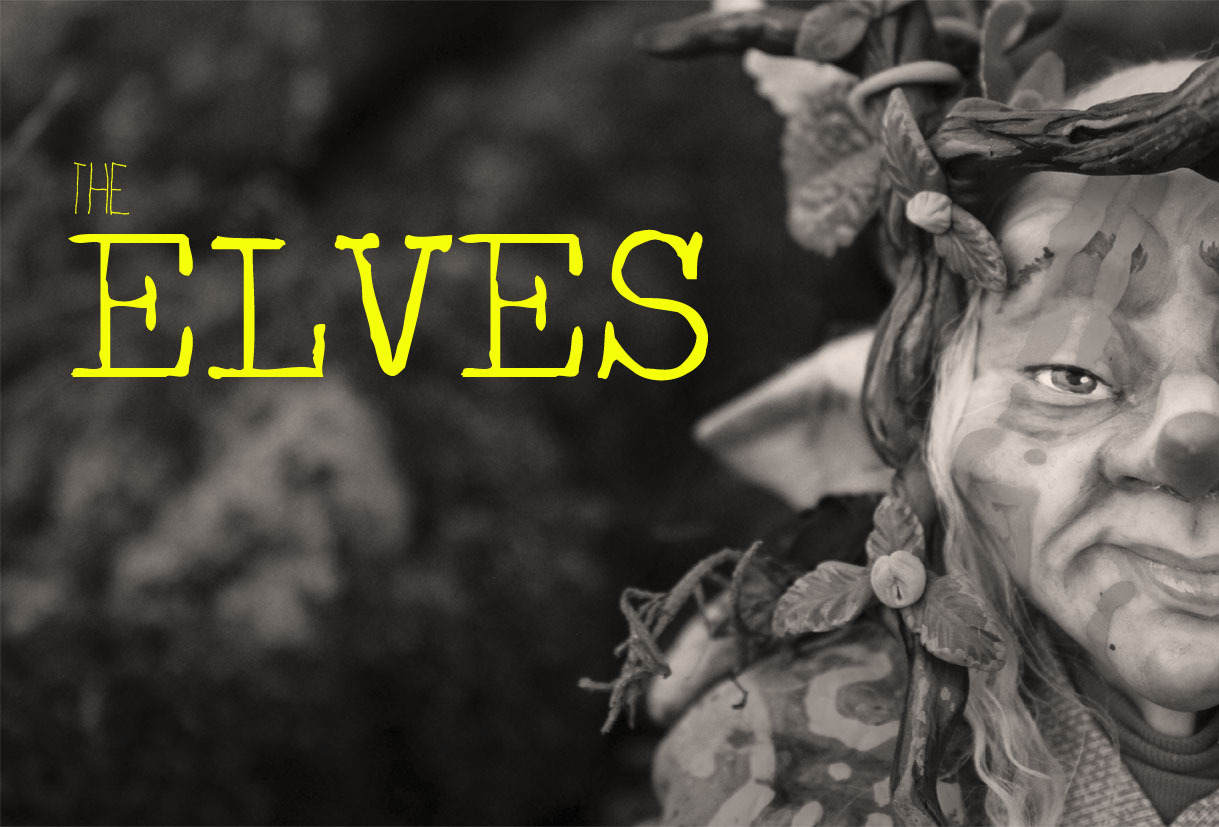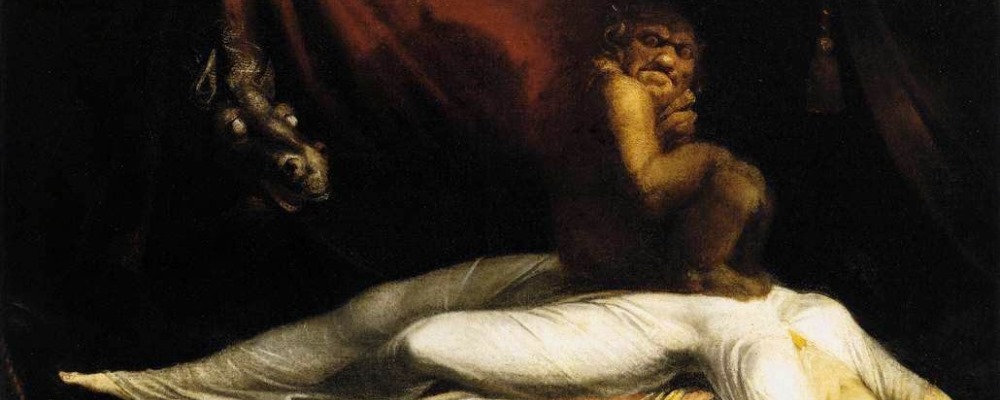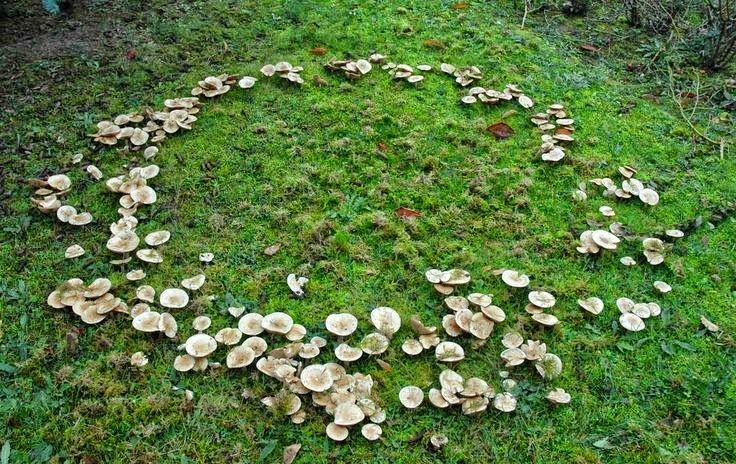Surely the term "Elf" sounds familiar to you, either because you have read or seen it in some famous saga of books and movies, pronounced by the lips of your grandmother when she told you that wonderful fairy tale before going to sleep or in one of the the innumerable articles of Pop culture and video games that today use these characters as a claim.
With everything and with it, perhaps you have never stopped to investigate a little more about these fascinating creatures and that is why I want to share with you some reflections in relation to these elusive and magical beings.

If we adopt for a moment the role of detectives of myths and legends. And we type in the almighty Saint Google; In Wiki-pedia we can easily find a brief and in my opinion very incomplete explanation of the term: "Elves are creatures of Nordic and Germanic mythology. Originally it was a minor deity of fertility and represented as young men and women, of great beauty, living in forests, caves or springs. They were considered to be long-lived or immortal beings with magical powers."
Although this definition could satisfy any shallow or superficial search about "what" or "who" these entities really are. We are still quite short with few or no elements to form our own judgment about their nature.
In other classical definitions we find that:
"The term elf, is used to refer to a being from Germanic and Scandinavian mythology. These creatures, according to the dictionary of the Royal Spanish Academy (RAE), are spirits of the air. "
"They are believed to be peaceful creatures, coexisting with humans and engaging in the same daily activities, such as fishing, farming, raising families, and sometimes helping humans who would otherwise die without their intervention."
"In addition to these human aspects, they are described as semi-divine beings associated with fertility and ancestor worship. In this way, the notion of elves resembles the animistic belief in spirits of nature and the dead, common to almost all human religions, which also corresponds to the old Norse belief in dísir, fylgjur and vörðar (following and protective spirits) Like spirits, elves were not bound by physical limitations and could pass through walls and doors. "
It seems that we are expanding the range a little more and learning some interesting details: like the fact that they are protective creatures, intrinsically associated with natural spaces such as forests or springs, that they somehow possess certain "supra-human" powers, which are are traditionally associated with the element -air- due to its ethereal nature and that they organize and carry out activities in a similar way (although with their own peculiarities) to human societies (hence they are very present in legends and myths related to life on the farm or field activities).
If we compare the notion of elves in Nordic or Scandinavian mythology with the more German-Anglo-Saxon notion, we find some differences in terms of their personality and physical appearance:
"There [in the sky] there is a place that is called Home of the elves (Álfheimr). The people who live there are called light elves (Ljósálfar). But the dark elves (Dökkálfar) live underground, and do not they resemble them in appearance - and they do not resemble them in reality either. Light elves are brighter than the appearance of the sun, but dark elves are blacker than darkness itself." (Snorri, Gylfaginning 17, Prose Edda)
That is, for the Scandinavians there would be mainly two races of elves: The light elves and the dark elves, who, although they would share a "common" lineage, would have great differences in appearance and behavior towards the human species.
The greatest evidence for the presence of elves in Norse mythology comes from skaldic poetry, the Poetic Edda, and the legendary sagas. In them, the elves are related to the Æsir (or main gods of the Scandinavian pantheon). Hence its semi-divine nature.
However the original Germanic elves (from Old Saxon alf ) were light creatures that lived in the sky during the age of Germanic paganism, and may have included dark elves or subterranean dwarves (since they were understood to be similar to the álfr of the old Norse mythology). In post-Christian folklore they began to be described as mischievous rogues who could cause disease in livestock and people, and also cause bad dreams. The German word for nightmare, Albtraum, means "elven dream". The archaic form Albdruck means "elven burden"; nightmares were believed to be triggered by an elf sitting on the chest of a sleeping person. It also bears a certain similarity to the legends about incubus and succubi (which we will talk about in another post).

They are usually described as mischievous beings, who dance in a circle on misty nights over the prairies (coinciding with the descriptions of beings such as fairies or goblins in many other traditions). And by definition they are called - The hidden people- (in Iceland- Huldufolk).
"In Danish and Swedish folklore there are very occasional elven kings, but there is a predominance of female elves. Through the French Alberon, the word entered the English language as Oberon - king of the elves and fairies in Shakespeare's work, The dream of a nigth of summer."

Elf /fairy ring ( it is said that are created when elves and fairies do dance in circles )
I am of the opinion that due to the passing of the centuries and our stubbornness as "rationalist" human beings that we are, in categorizing and labeling everything around us. There has been a series of, let's say, transfers or contamination of the peculiarities or qualities of some entities and others. In other words, a hodgepodge has been made mixing supposed habits and behaviors from one species to another and different entities with different essences and characteristics have been put in the same bag, simply and generically calling them Elves.
In short, it would be really extensive and arduous to dissect each and every one of the etymologies and various mythological or legendary origins of the elves along what seem to be the "mother" traditions of these creatures. Not to mention the references in well-known literary sagas (Tolkien, Harry potter, Artemis Fowl, Dragon Lance...) or the characters of traditions (more or less modern) that we accept today as Lore of these little creatures (like the elves Christmas, for example). There are even those who claim that it is a race from space or higher planes... for all tastes, come on.
Of course I do not even remotely intend to turn this post into a doctoral thesis, which does not make sense in this medium, much less do I want it to become an insufferable roll... whose bitter outcome would be none other than that you finally decide to stop reading to leave to watch a Netflix series. NOPE.
If you allow me, I would like to finish this first introductory post stating that although the categories and characteristics collected in the different mythologies or theoretical approaches throughout the centuries, they can draw an idea more or less faithful to the archetype of the Elf. I sincerely believe that we left many things in the inkwell and that, always under my own experience and humble study of these fascinating beings, I would love to share with you in my next post.
If you stay with me, we will surely discover incredible information about this hidden town that awaits us behind the veil of the unknown.
I'll leave you with a snapshot of Alphina, an elderly elf I was able to chat with on one of my forays into the forest and who told me a bit of gossip about the local elven community.

